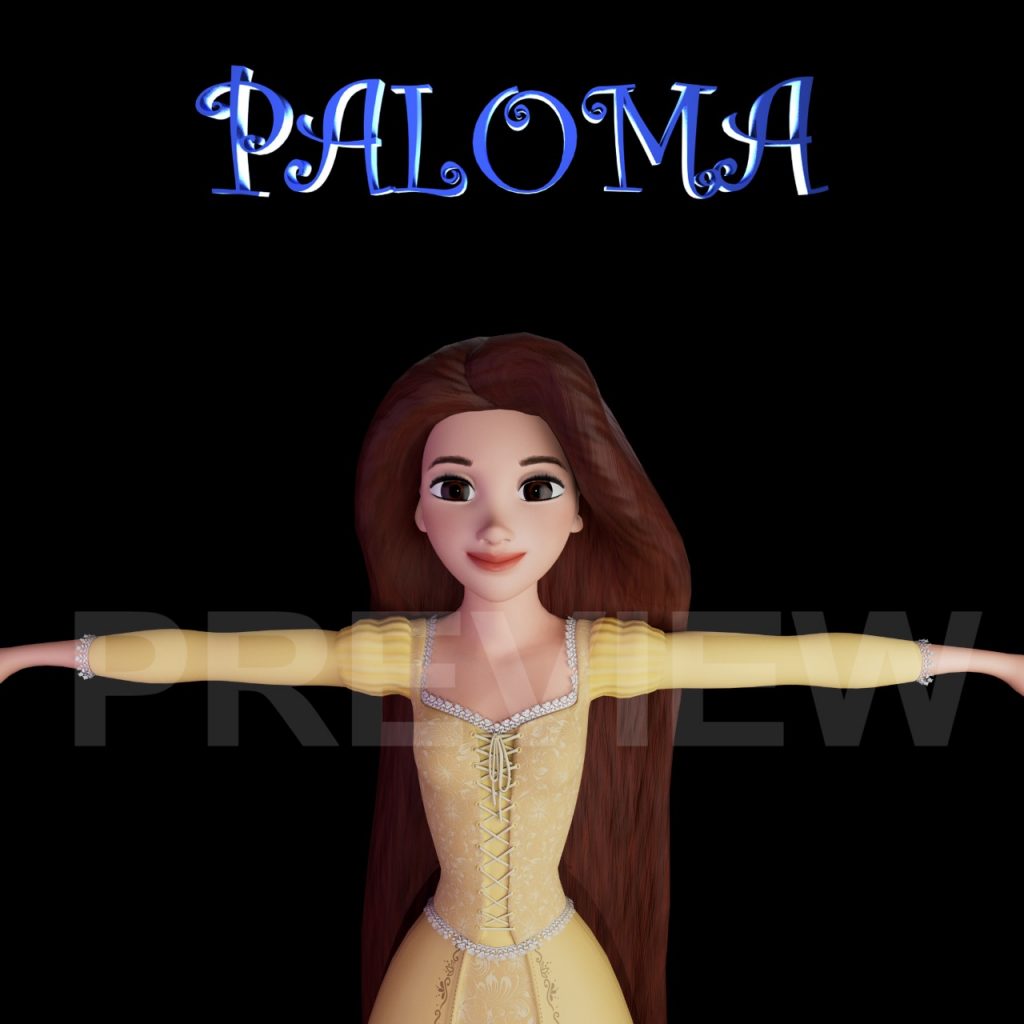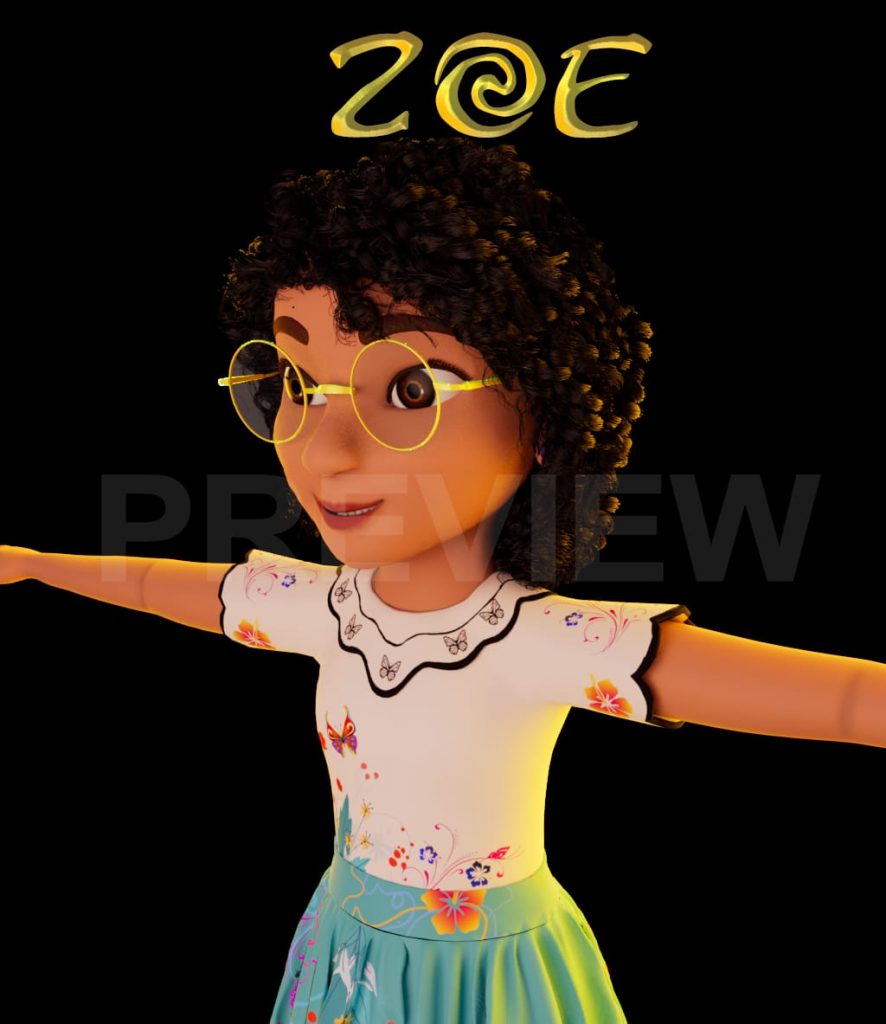Do you want to start your project ?
A thoughtful discovery process will help us gain an accurate understanding of the breadth and depth of your project so that we can develop realistic project recommendations.
We are passionate about bringing your wildest ideas to life through captivating visuals and immersive storytelling. With our expertise and cutting-edge technology, we unleash the power of 3D animation to create breathtaking experiences that leave a lasting impact. From concept development to final rendering, Alixo is your trusted partner in transforming your vision into stunning 3D animations that resonate with audiences worldwide. Step into a realm of boundless creativity with Alixo and let your imagination soar.
3D animation is a type of animation that creates the illusion of movement and depth in a three-dimensional space. Unlike 2D animation, which uses flat, two-dimensional images or drawings, 3D animation works with three-dimensional objects and environments. Here are some key aspects of 3D animation:
Modeling: The process begins with 3D modeling, where artists create digital three-dimensional objects, characters, and environments. This involves defining the shape, texture, and structure of these 3D elements.
Texturing: Once models are created, textures are applied to give them realistic surfaces. Textures can include colors, patterns, and materials that make the objects look like they are made of metal, wood, fabric, or any other material.
Rigging: In 3D animation, characters and objects often need to move. To achieve this, a skeleton-like structure called a rig is created. Animators use rigging tools to set up the movement and control the deformation of 3D models.
Animation: Animators manipulate the rigged 3D models to create movement. This can involve keyframing, where key poses are defined at specific frames, and the computer interpolates the frames in between to create smooth motion. Motion capture technology can also be used to capture real-world movements and apply them to 3D characters.
Lighting: Lighting is crucial in 3D animation to create realistic shadows, reflections, and highlights. Animators and lighting artists design the lighting setup to achieve the desired mood and atmosphere for the scene.
Rendering: After all the elements are in place, the scene is rendered, which involves calculating how light interacts with the 3D objects and surfaces to produce the final image or frames. Rendering can be a computationally intensive process.
Special Effects: 3D animation often involves the use of special effects such as particle systems, fluid simulations, and physics simulations to create realistic and dynamic scenes.
Sound Integration: Just like in 2D animation, sound effects, voiceovers, and music are added to enhance the overall viewing experience.
Post-Production: After rendering, the final frames are edited, and any necessary post-production work is done, such as compositing multiple layers, color correction, and adding visual effects.
Software and Tools: We are used software for 3D animation, including Autodesk Maya, Blender, Cinema 4D, and 3ds Max.
Use Cases: 3D animation is widely used in various industries, including film and entertainment, video games, advertising, architecture, medical visualization, product design, and education. It offers a high degree of realism and flexibility for creating complex and immersive visual experiences.




A thoughtful discovery process will help us gain an accurate understanding of the breadth and depth of your project so that we can develop realistic project recommendations.